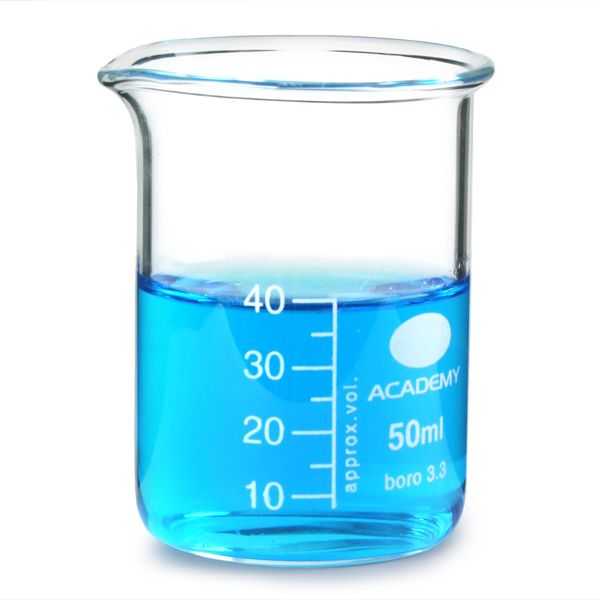How to prepare pH 4 and 7 buffers from scratch without using a pH meter
I wrote a post in the past about how you could prepare pH buffers in order to calibrate your pH meter if you happen to already have a calibrated pH probe. This can generate decent results if the initial calibration of the probe is excellent and the sensitivity of the probe is high. This however might not be a possibility for some people – given that their pH probe might not be calibrated to start with – so in today’s post I am going to tell you how you can prepare your own pH 4 and 7 buffers without having any other tools but a scale, distilled water and some raw salts. This tutorial will be made assuming you’re preparing 500mL of each buffer but feel free to scale this up or down as you wish (these buffers are meant to give you a total 0.1M buffer concentration). Note that pH depends on temperature, these buffers are meant to give pH values of 4 and 7 at 25C.

To prepare these buffers you will need the following materials:
- A scale that can weight with a precision of +/- 0.001g
- Potassium citrate (food grade)
- Anhydrous Citric acid (food grade)
- Potassium monobasic phosphate (food grade)
- Potassium dibasic phosphate (food grade)
- Distilled water
- Two clean glass bottles to prepare and store the buffers. (I would recommend these, but any clean glass containers would do)
Follow these steps to prepare the pH 4 buffer:
- Weight exactly 5.259g of potassium citrate and transfer that amount to the glass bottle
- Weight exactly 6.309g of citric acid and transfer the solid to the same glass bottle
- Fill the bottle to around 250mL using distilled water
- Mix the solids using a glass rod or any other inert mixing utensil until fully dissolved
- Fill the bottle to 500mL using distilled water.
- Label the flask clearly so that you know this is the pH 4 buffer
Follow these steps to prepare the pH 7 buffer:
- Weight exactly 3.369g of potassium dibasic phosphate and transfer that amount to the second glass bottle
- Weight exactly 4.172g of potassium monobasic phosphate and transfer the solid to the same glass bottle
- Fill the bottle to around 250mL using distilled water
- Mix the solids using a glass rod or any other inert mixing utensil until fully dissolved
- Fill the bottle to 500mL using distilled water.
- Label the flask clearly so that you know this is the pH 7 buffer
The above should provide you with pH 4 and 7 buffer solutions that should be relatively precise. The exact volume of the solution is not critical, as the volume only has a strong effect on the buffering capacity but not on the final pH, especially at relatively high buffering strengths. However, if you want to have more precision use 500mL volumetric flasks to prepare the solutions. The error in these buffers will depend on the purity of the salts used – which is why higher purity food grade salts are recommended above – as well as in the accuracy of the weighting and transferring processes. In order to obtain a higher accuracy you would need to purchase more expensive analytical grade salts and also use volumetric flasks to prepare the solutions, so that you can prepare them at the exact concentration intended.
Another limitation of the above buffers is that they do not contain any sort of preservative and they are both prepared with food grade substances that can attract fungi and bacteria. For this reason the above buffers will probably not last for a significant amount of time and should probably be discarded within a couple of weeks. However the chemicals used here are very cheap so – with the amounts purchased above – you should be able to prepare as much buffering solution as you might need. Note that the solutions can also be frozen in order to increase their shelf life, although keep in mind that since pH depends on temperature you will need to wait for them to reach room temperature before taking a reading.
It is also worth mentioning that these buffers will both be completely transparent, since they are prepared without any dies in order to give the maximum possible accuracy in the pH. However you can add a very small amount of food coloring to each one to provide a distinct color without causing a significant change in the pH, less than half a drop should be enough to give your solutions a distinct hue.
I would advice you do a pH check with a pH meter calibrated using a normal commercial solution the first time you prepare these solutions. This is just to be sure that you followed the procedure correctly and the resulting buffer is of the intended quality. Once you do this you should be able to create as much buffer as you desire without any problems. Leave a comment with your experience!